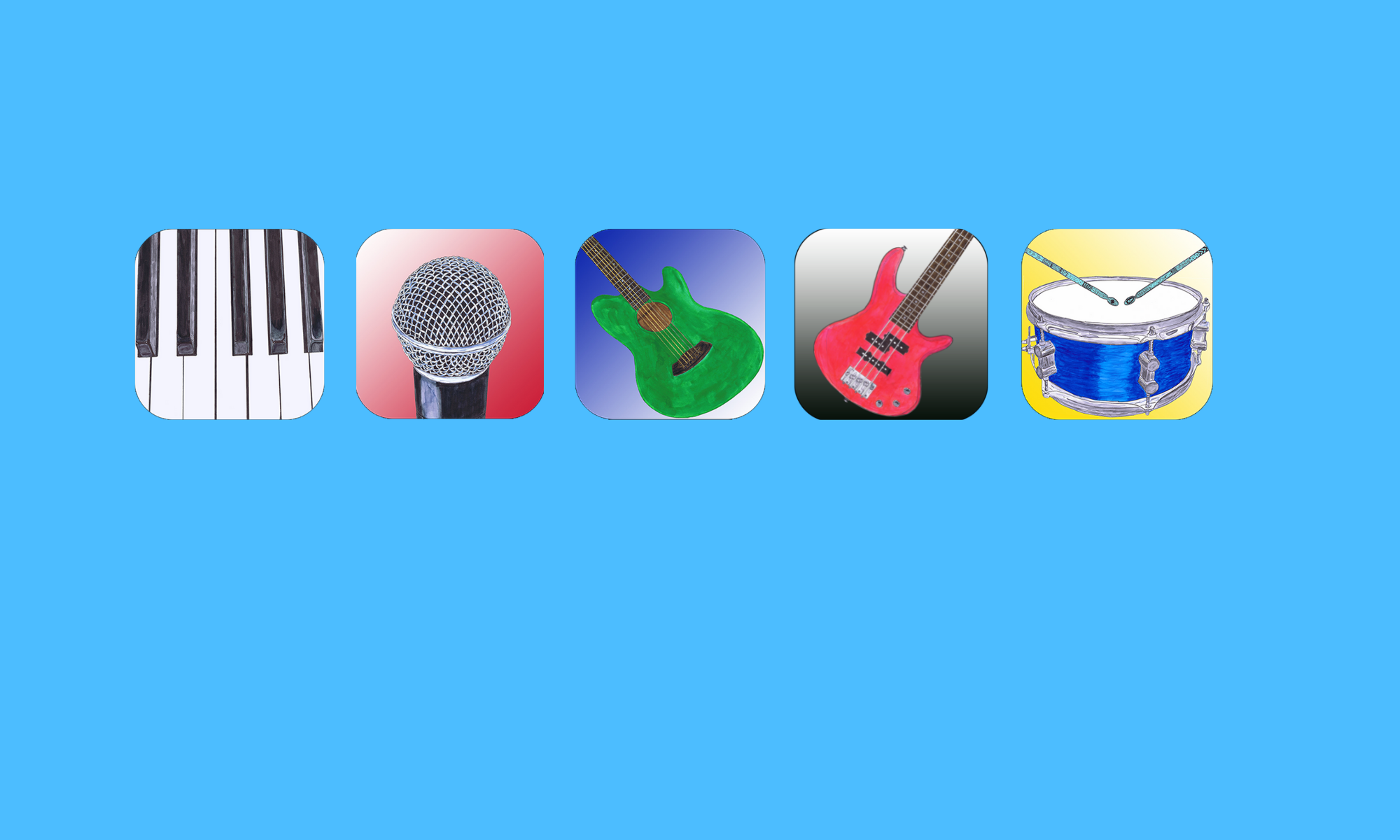Musicality is the nuance and detail that make a performance sound like music giving it the emotion and style that can set a mood. It is the difference between expressing music and mechanical sounding notes and rhythms. Most listeners can hear the difference between a performance that is musical and one that is not even if they can’t articulate why they are different. Listen to the two examples below.
Why does one sound better than the other? They both have accurate notes and rhythms but one has details that bring it to life. The examples may seem extreme but if you were to just plug notes and rhythms into a computer software this is what you would get UNLESS you gave it instructions on dynamics and phrasing. These are the main tools that add expression and musicality.
Phrasing.
Connect notes that are part of the same phrase. Most music has slurs already written in to show where the phrases are. If not, it is usually easy to figure out. There are often rests or held notes at the ends of phrases. If the song has lyrics, the musical phrases will go along with the phrases in the lyric. There are different phrasing choices that can be made but the general rule is not to lift in the middle of a musical idea. Phrasing is really like punctuation in speaking. Small pauses go between ideas for the listener just like commas and periods in sentences.
Lifting between phrases. This is like putting the punctuation between phrases or sentences. Make sure to lift your hands and foot at the same time if you’re using the pedal to get a clean break.
Example of phrases in Mary Had a Little Lamb
Phrase 1: Mary had a little lamb
Phrase 2: little lamb, little lamb
Phrase 3: Mary had a little lamb it’s fleece as white as snow
Dynamics.
Shape melodies with dynamics. A general rule is that when the notes go up, they get louder and when they go down they get softer. Weight of the hand and arm should be used to create dynamics, not finger muscle. Use more weight for louds and less weight for softs.
Don’t let any notes stick out or disappear. Dynamic shaping should mostly happen gradually over a string of notes. They should not be abrupt unless there’s a specific reason to for that effect.
Bring out the melody or other important ideas by making them louder. This can be a hard skill to develop. In general, the melody is usually in the right hand with supporting harmony in the left. In this case, make the right hand louder than the left. A great trick to learn how to do this is to play right hand at the volume wanted and touch the left hand notes without sounding them. Once this is possible, allow the left hand to sound the notes but keep the same light touch you had when they weren’t sounding. Right hand should end up sounding louder than the left.
As you’re learning to add musicality to your playing, it’s a great idea to listen to other performers as a reference. Look for recordings of a piece you’re working on and choose a performer or performance that you think is expressive.
1. Listen phrase by phrase and try to replicate what you hear. Listen for the kind of details mentioned above. Musicians learn new skills by imitating. Once you’ve spent some time doing this, you will start to have ideas of your own.
2. Listen for style. Does the music speed up or slow down or is strictly metrical. Does it swing? Are the dynamics extreme or subtle?
3. Record yourself and listen back. You may not be aware of details that could use tweaking until you listen as an observer.
Don’t lose touch with enjoying music as you play. Tap into the emotion it makes you feel or imagine what kind of scene it paints.

